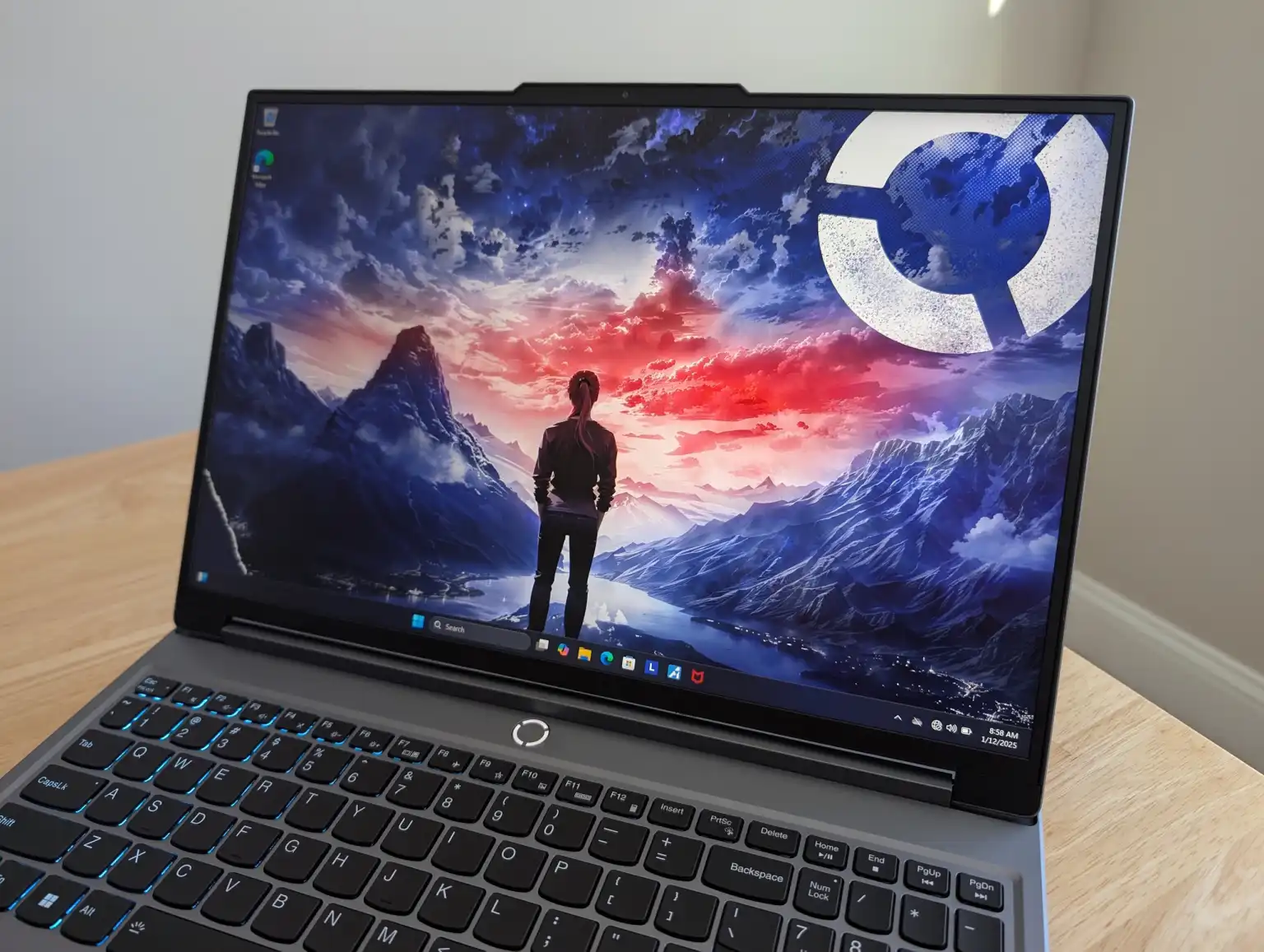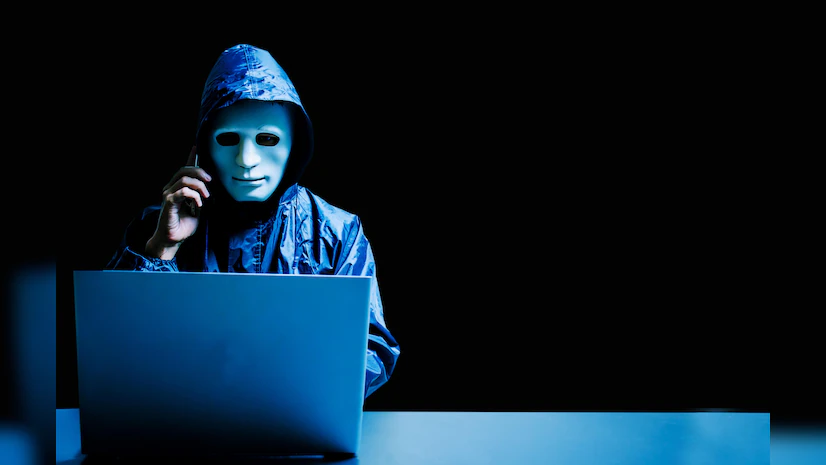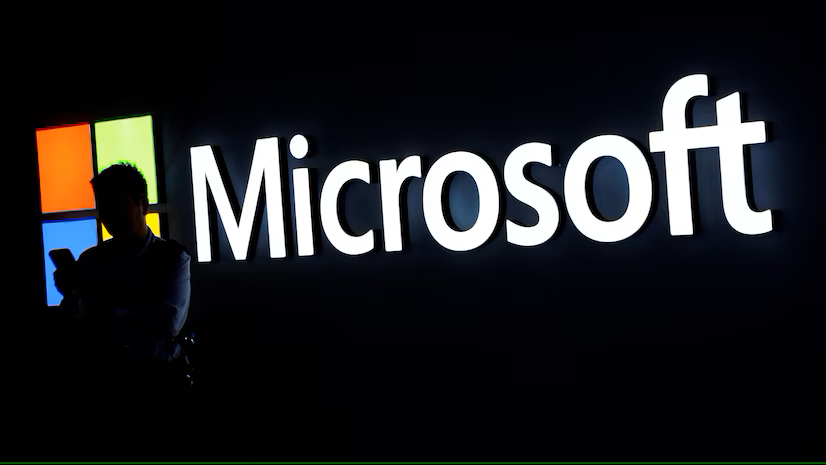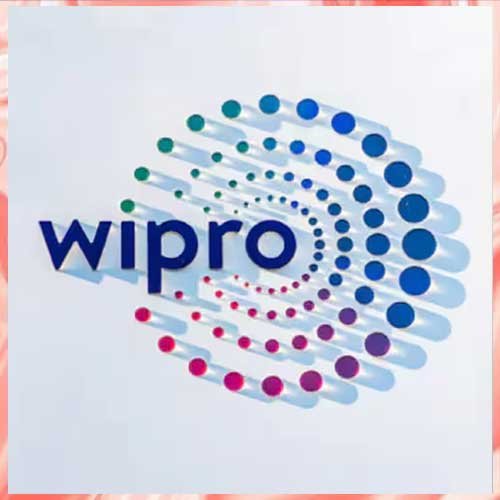
India Reinstates Ban on Pakistani Celebrities’ social media After Brief Lapse
Why Pakistani Celebrities Were Blocked in India Again
A number of Pakistani actors and entertainment figures have once again been digitally blocked in India following a temporary and unexplained reappearance of their social media profiles on Indian networks. On July 3, the Indian government reimposed restrictions on access to accounts of celebrities such as Mahira Khan, Mawra Hocane, and Fawad Khan after public backlash and calls for a complete digital boycott. Authorities cited a “technical glitch” as the reason for the temporary visibility of these accounts, which had been previously restricted amid heightened India-Pakistan tensions following the recent Pahalgam terror attack.
The digital ban is part of India’s broader move to sever cultural and digital ties with Pakistan in response to acts of cross-border terrorism, leading to new questions about national security, censorship, and the role of soft power in geopolitics.
Reappearance Sparks Outrage and Government Reversal
The incident began when Indian users noticed that the Instagram and Twitter accounts of several prominent Pakistani celebrities were once again accessible. This came weeks after their accounts had been blocked, along with over 18,000 Pakistani social media handles, following a government advisory issued in early May. The advisory instructed platforms to remove Pakistani-origin content from web series to music, citing threats to India’s sovereignty and public order.
The brief reappearance was quickly met with online outrage. Critics accused the Indian government of backpedaling on its earlier stance. Social media saw a surge in criticism against Prime Minister Narendra Modi’s administration, with hashtags demanding a reinstatement of the digital ban.
By Thursday, July 3, the accounts were again inaccessible, with a message stating: “Account not available in India. This is because we complied with a legal request to restrict this content.”
What the Government Says: A 'Technical Glitch'
Official sources have described the episode as the result of a “technical glitch”, not a change in policy. According to these sources, the visibility of certain accounts was unintentional and rectified as soon as it came to the government's attention. Some accounts may remain temporarily visible, they acknowledged, but would be restricted soon.
The explanation has done little to calm critics, especially given the politically sensitive backdrop. The reappearance, even if accidental, was enough to rekindle debates about the handling of digital censorship and foreign influence through soft media.
AICWA Demands Complete Cultural Disengagement
The All-Indian Cine Workers Association (AICWA) was among the first to voice strong opposition. In a letter to the Prime Minister, AICWA called for a complete and permanent ban on all digital and media content originating from Pakistan. The organization described the presence of Pakistani accounts in India as an “emotional assault” on Indian citizens, especially families of victims of terror attacks.
Referring to incidents like 26/11 (Mumbai), Pulwama, Uri, and most recently the Pahalgam attack in April, AICWA labeled Pakistan a “terrorist nation” and criticized certain Pakistani artists for making anti-India statements.
Their formal demands include:
· A nationwide digital blackout of Pakistani celebrities and entertainment companies.
· A ban on all future collaborations with Pakistani artists in films, OTT platforms, advertising, and endorsements.
· A permanent cultural disconnect, as a tribute to Indian soldiers and victims of terrorism.
The Legal and Policy Framework Behind the Ban
The original ban stems from a government advisory issued on May 8, 2025, under Part II of the Information Technology (Intermediary Guidelines and Digital Media Ethics Code) Rules, 2021. It directed intermediaries, streaming platforms, and OTT services to immediately suspend Pakistani-origin content.
This included web series, songs, films, and even podcasts — whether distributed freely or on subscription-based models. The directive emphasized the importance of preserving national security, integrity, and public order.
Notably, this move followed the Pahalgam terror attack on April 22, where 25 people were killed, including 24 Indian tourists. The attack was claimed by The Resistance Front, a proxy of the banned Lashkar-e-Taiba, operating from Pakistan. India’s response included military action (Operation Sindoor) and the suspension of longstanding bilateral agreements like the Indus Waters Treaty.
Platforms Under Scrutiny, Questions of Enforcement Remain
While the government has been forceful in its directives, implementation has faced some inconsistencies. Despite earlier blocks, Pakistani entertainment channels like Hum TV, ARY Digital, and Har Pal Geo are reportedly still accessible on some Indian networks.
This has raised questions about the effectiveness of India’s digital censorship infrastructure, and whether international platforms are fully complying with domestic regulations.
Cultural Boycotts in the Age of Digital Diplomacy
The renewed blocking of Pakistani celebrities’ social media accounts in India is a reminder that digital platforms are now battlegrounds for political and national identity disputes. While cultural exchanges were once seen as a means to soften hostility, they have now become collateral damage in the broader India-Pakistan conflict.
With growing nationalist sentiment and continued cross-border violence, it appears that India’s digital disengagement from Pakistan is here to stay—not just as a punitive gesture, but as a strategic policy to assert sovereignty in cyberspace.
However, the long-term impact of such bans—especially on artistic freedom, regional diplomacy, and public sentiment—remains to be fully understood.








